Within the project inSPACEin we have created an architecturally formulated information-communication environment filled with the cultural content based on the event program for the city of Graz (in this particular case), cultural capital of Europe 2003. This environment with mostly digital content can be then shipped and presented at any other place. By this method a whole city can be “on tour” world-wide.
As a first thought, we define an area in the area. The superimposition of parallel realities and media should occur. “Moving walls”, “video floor”, image projections, “broken information strips” are elements that should form this area and shape it unpredictably and constantly through change.
The space is constructed by interconnected moving pivotal arms or profiles bound together with projection membranes. The pneumatic profiles are changing the formation in sync choreographed by particular spatial setting. By applying this strategy, the space shifts from “moving bodies through space” into “moving space with bodies”. Further on there are space behaviors and effects which can be activated by sensors (light, sound, smells, fog, etc). The information that parametrically defines the form of this area is grasped by telecommunication means, for example – over the Internet or through input-stations distributed in the city. The user can pre-order his/hers space-setting in advance over Internet and the space will reconfigure itself also content-wise based on requirements.
The final installation was developed together with Ars Electronica’s Future Lab and other partners for the Austrian contribution at the World Expo in Japan, Aichi 2005. The installation has been implemented within given container pavilion. It consists of two main parts: inSPACEin environment embraced by the additional support spaces utterly made out of compress wood material.
1 Comment
Add comment Cancel reply
You must be logged in to post a comment.
This site uses Akismet to reduce spam. Learn how your comment data is processed.
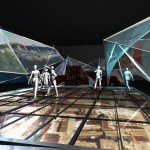
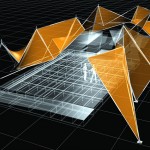
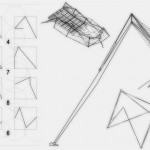


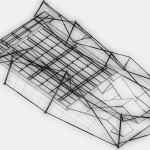
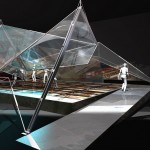

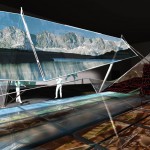
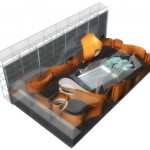
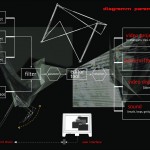
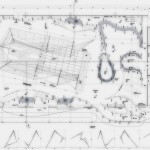
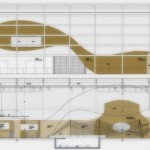
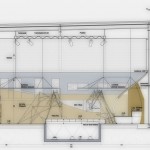
I was very used. I’m in Iran and other scholars in this field, I work on your studies as a theoretical course